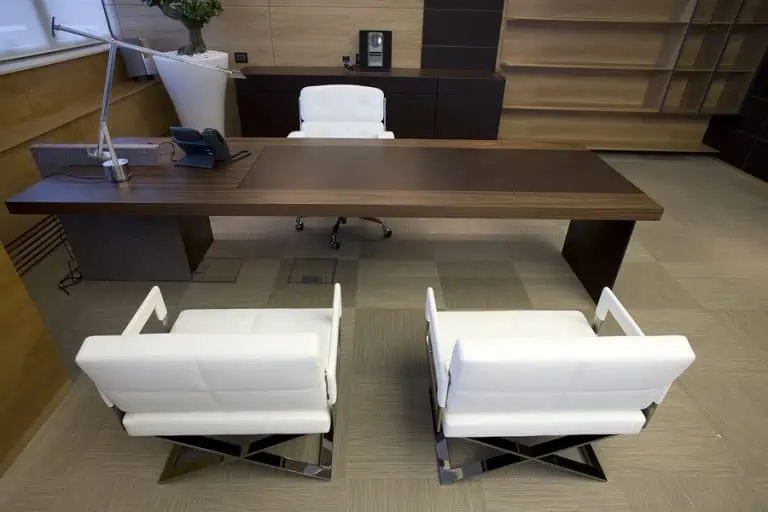Trigger/content warning: An ableist slur (the R word) is used in a quote within this post.
My name is Reyma McCoy McDeid. I’m the executive director of Central Iowa Center for Independent Living in Des Moines, Iowa. The bulk of my career and education has been in the provision of services to underrepresented populations- case management, job development, outreach, systems advocacy.
But I got my start far earlier, sitting on the other side of the desk, so to speak.
I was diagnosed as Autistic over thirty years ago. At the time, Autism was generally thought of as an overwhelmingly white and male experience. I am biracial (identify as black) and female. My behaviors- rocking back and forth, incessantly repeating others’ words, putting items in methodical order, picking at my skin and hair, etc- initially led to the assumption of the people around me that I was “mentally retarded,” and, therefore, in the words of my Caucasian grandfather, a “lost cause.”
I became a ward of the State of California. Fortunately, a knowledgeable case manager got me evaluated and I heard the word “Autism” associated with me for the first time. However, expertise regarding the experiences of autistics was limited, at best, in the 1980’s and my diagnosis provided me with little support. Foster parents, in general, misunderstood my behaviors. That was compounded with the fact that, as a child of biracial heritage, I was generally placed in households that did not and could not adequately accommodate my various diversities.
It was after the failed attempt of my guardian to get me institutionalized in 1993 that I committed myself to becoming a chameleon and “masking” my autistic tendencies. I had already become reasonably well-versed in this coping mechanism with regard to navigating racially polarized spaces- including my high school, where almost everyone was either black or white- as an obviously mixed-raced person. I excelled in school. I became a cheerleader, even. None of this worked- my peers saw me for what I was- a deeply unhappy and confused person- and they tormented me as a result. Many took a perverse amount of pleasure out of humiliating me to the point of where I would run to the nearest bathroom to have a meltdown, my screams drowned out by their jeers.
I grew up. Went to college. Went to work. Became a mom. A few years ago, someone who has known me since childhood joked with me, and said, “It’s like you’re Autistic Emeritus!” That weighs heavily on me, because I don’t want anyone looking at me and thinking that the only way for an autistic to be successful is to completely obliterate themselves. So I grapple today with maintaining professionalism whilst still maintaining a level of authenticity.
As a woman of color and an autistic, I belong to two populations whose survival has, historically, been absolutely contingent upon endurance in spite of a dearth of support and an overabundance of adversity. As a former recipient of services, I know that not enough is happening at a systems level to truly elevate underrepresented people, no matter their particular diversifying element(s). That, ultimately, has led me to do the work that I do today. I’m a person of color with a disability, serving people with disabilities.

